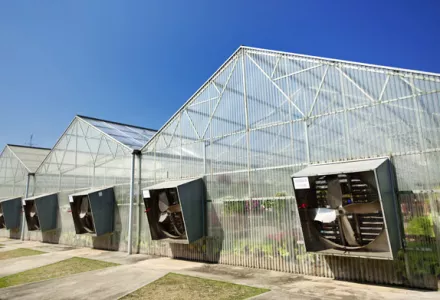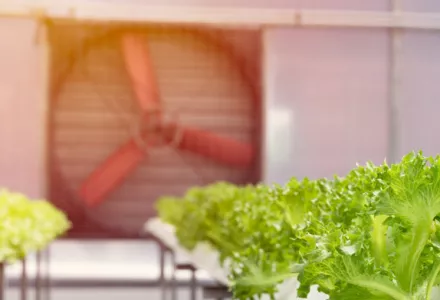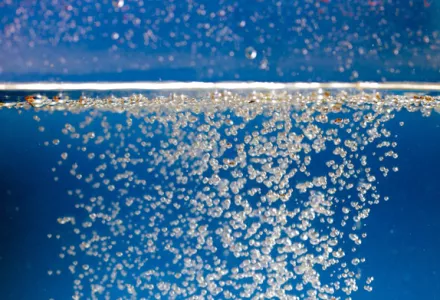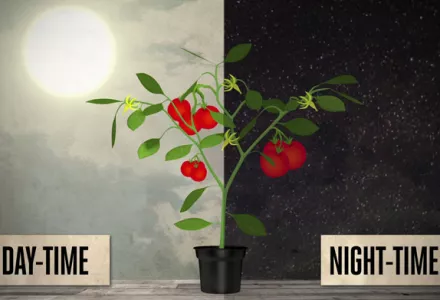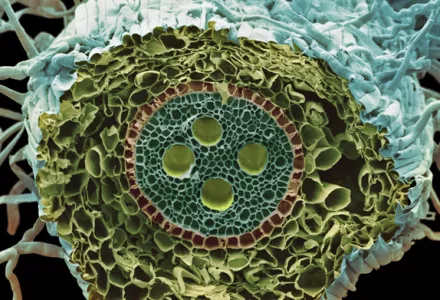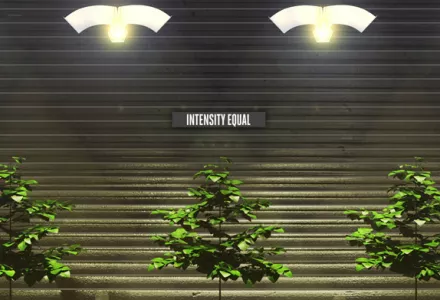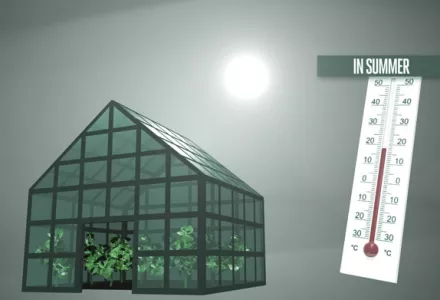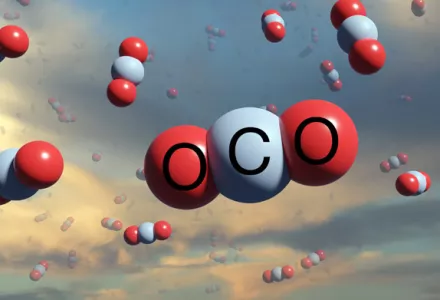How does air circulation affect plant growth?
We need to ensure that fresh air enters the growing space so that the plants can grow in the best possible environment. Flushing out the ‘old’ air and replacing it with ‘new’ air is part of maintaining optimum growing conditions for the plants. The following factors are vital:
CO2 - The plants consume CO2 as they are photosynthesizing. This means they need a constant supply of new CO2 coming into the growing space.
Temperature - Lamps emit not only light, but they give off heat too. But any excess heat needs to be removed in order to maintain the ideal temperature in the growing space.
Moisture - Plants give off water vapour in order to keep themselves cool. This water vapour needs to be able to find its way out of the growing room, because if it builds up, the air will become saturated and no more water can evaporate from the plants. Then the plants can become limp and stretched. Too much moisture in the air also promotes the growth of mould and fungal infections.
In principle, all plants need to give out just as much water vapour into the air in order to maintain optimum growth and production. Moving the air and creating a current of air will encourage this evaporation process, regardless of temperature and humidity.
Fans are designed to push the air around with some force. Close to the ventilator, the same air gets blown around within a small area (as happens in a storm), but further away from it (at a distance of 3 metres, for example) a much larger volume of air is moved around but much more gently. All the plants in the growing space need to get rid of the same amount of water vapour, so fans should never be aimed directly at the plants. Rather, it is advisable to position the fans so that they face diagonally upwards. It is also sensible to place several fans in the growing space to make sure there is full coverage.
